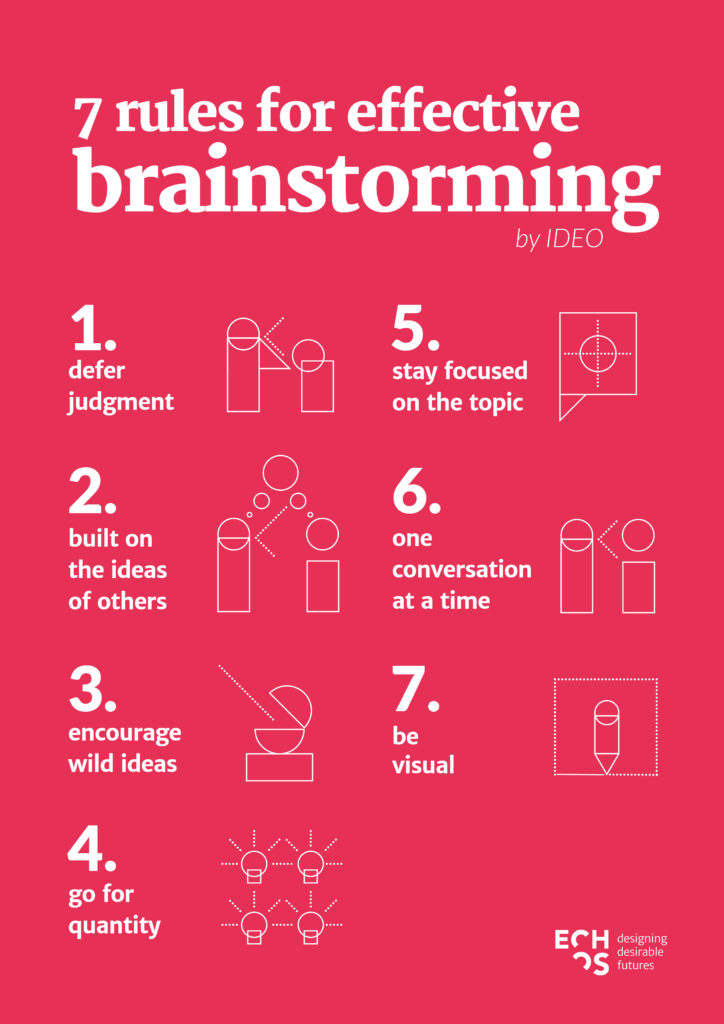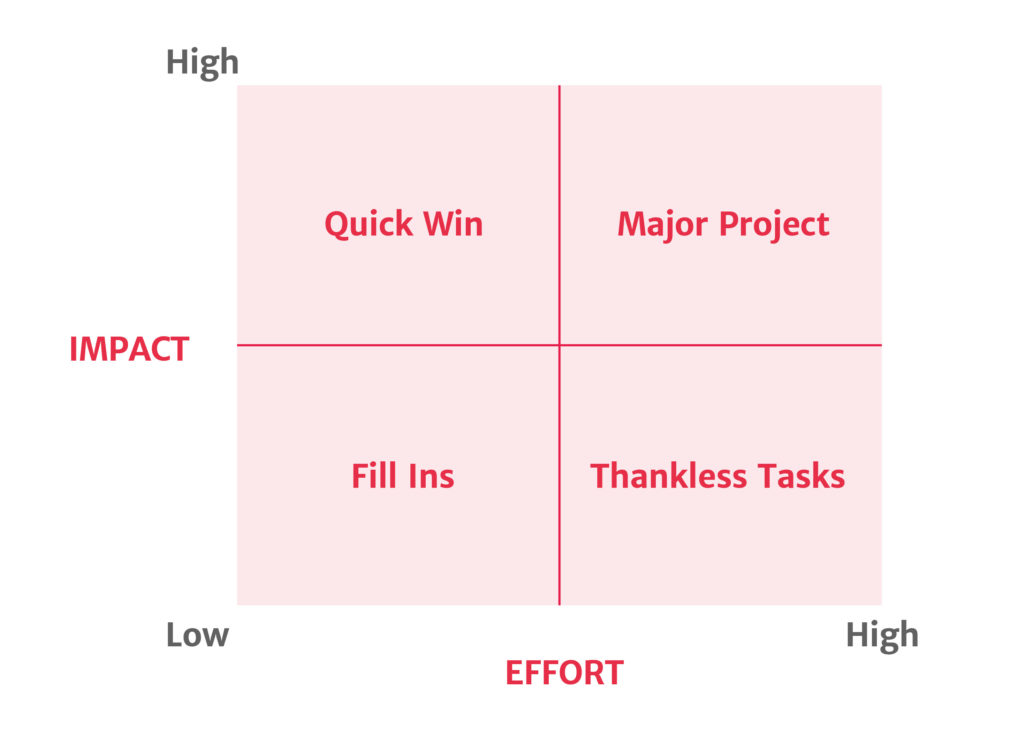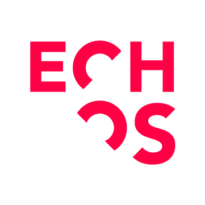All problem solving is fundamentally a creative act. Creativity is made possible by a style of thinking known as lateral thinking; a term first coined by Edward de Bono in 1967. This refers to a person’s capacity to work through problems by imagining solutions that cannot be arrived at with deductive or logical processes. Another way to say this is a person’s ability to come up with unique answers to sticky problems. This is the cornerstone of creativity, something that all organisations benefit from in times of change when traditional solutions are unlikely to achieve the new desired result.
Lateral thinking is absolutely critical to innovation and design thinking processes. Brainstorming is one of the key rituals we use to help people expand their minds and to begin the strategic work of solving problems.
The following are seven rules developed by IDEO that we use for brainstorming sessions:
1. Defer judgment of ideas (there are no bad ideas in brainstorming).
There are many ways to hold a brainstorming session. But none of them work if people start to judge the ideas that are being generated. It is important to understand that regardless of the methodology used, that judgement and critical points of view are left aside. The goal of any brainstorming session is to keep the ideas and creativity flowing.
2. Build on the ideas of others.
Once the ideas are flowing around the room or Zoom, it is critical to ensure that the energy continues to flow. The best way to do this is to build on each other’s ideas. The way this works is to take the ‘Yes, and’ approach, rather than engaging in ‘No, but’s’. Saying yes and then offering additional thoughts or ideas keeps the conversation going. Disagreeing with a ‘No’ or a ‘But’ disrupts the flow and closes it down. It is important to keep the energy and ideas high, and not let the session go down a dead end.
3. Encourage wild ideas (if we start with boring ideas, that’s all we’ll end up with).
In order to find a unique or unusual solution it is important to begin discovering wild ideas. One process that works well is to form a set of lateral thinking guides by creating a list of questions. For example, if you had superpowers how would you solve the problem you are working on? Or if you had all the money in the world, how would you solve it? Wild questions encourage people to think in new ways, different to how they would normally have thought about the problem.
4. Stay focused on the topic/challenges we’re trying to solve.
While it is important to encourage wild ideas and conversations, it is equally important to stay on topic. This means that if the conversation starts to branch into solving a different problem it is a good idea to refocus on the problem that was originally raised. This doesn’t mean that some of the ideas or even the problem isn’t valid, it just isn’t moving the group towards an outcome that will provide the ideas for the problem that is being tackled.
5. One conversation at a time.
When sharing ideas, it can be incredibly exciting, and the energy can easily run away from a group. We recommend allowing each person to speak freely and without interruptions. When members of a team feel like they are not being heard they can pull back and share less. This is problematic when encouraging diversity of thoughts and ideas. If the whole group shares the more diverse and creative the ideas will be.
6. Be visual (try to draw simple pictures of your ideas where possible to stimulate your creative thinking).
An exercise that showcases the power of visual creative thinking is to ask the team to draw each step of how to make toast. The results vary broadly from starting with making the bread, to going to the supermarket, to someone eating the toast bite by bite. This showcases for the team the diversity of how people think. People focus on different things that they see as important. When we combine all of these different points of view together, we create new levels of understanding and seeing for problem solving.
7. Go for quantity, not quality. We’ll arrive at quality through quantity so write down any and all ideas then move onto the next one straight away.
An activity we use that explores the importance of this step is called Brain Writing. The participants spend ten minutes writing down as many ideas as they can. At the end of the session all of the ideas can be discussed as a group. The first few minutes all of the most obvious answers or thinking emerge. After a few more minutes is when the magic happens. As each person pushes through the obvious more unusual or inventive ideas begin to appear. We recommend after the full ten minutes the participants work together to discuss the ideas.
Next Steps: Ideas Are Easy, Execution Is the Challenge
After the process of brainstorming comes the hard work of implementing solutions. This is done by prioritising the possible solutions and then deciding what ideas are best to move ahead with. A great tool to start organising the ideas is the Impact Effort Matrix.
An Impact Effort Matrix is a four-quadrant tool that helps teams group ideas into four main categories:
- High Impact / Low Effort – quick wins that will give you the best return based on the effort required to complete them,
- High Impact / High Effort – major projects that require much more effort to complete but can ultimately provide long-term returns,
- Low Impact / Low Effort – projects that don’t require a lot of effort but don’t provide much value,
- Low Impact / High Effort – activities that take a lot of time to complete while providing minimal benefits.
Categorising activities in the matrix provides a quick, visual guide that helps teams understand what ideas could work and what are not viable. The quadrants to focus on is the High Impact, with understanding of timelines and resources available to make the ideas a reality.
Creativity and problem solving is a core part of any innovation process. However, the most critical part comes after the ideas have been generated – implementation. The tools to transform the brainstorming into action are core to the design thinking process. Reach out to learn more about our approach in our design thinking toolkit or one of our online experiences.
—
Follow us on social
Instagram – Facebook – LinkedIn – Youtube – Spotify
How Can We Help?
- For training and Innovation Journeys in your company: check out our in-house course offering.
- For upcoming courses in your region: visit our website.
- For upcoming events in your region: look at our event calendar.
- If you have a special project and would like to use Echos’ consultancy services: send us an email.
- Want to speak to a real person? Call us on 1300 502 006




